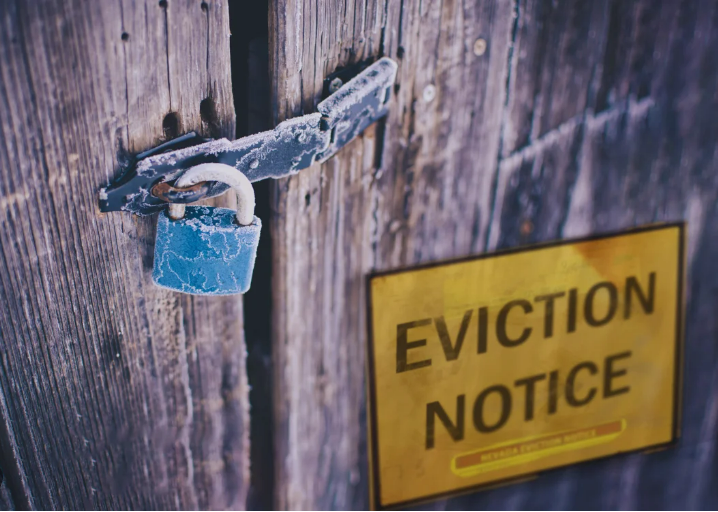Does Homeowners Insurance Cover Wildfire Damage?


According to a recent report by the United Nations Environment Programme, the incidence of extreme wildfires globally is projected to rise by 30 percent by 2050. As the frequency of wildfires increases annually, understanding how your home insurance policy addresses wildfire damage becomes crucial. Generally, home insurance does cover wildfire damage, but living in a high-risk fire zone may entail specific considerations.
Does home insurance cover wildfires?
Homeowners insurance policies typically provide coverage for fire damage, including wildfires. Regardless of the specific type of homeowners policy you hold, fire damage is generally included in the coverage. However, some insurance carriers may impose limits or cease offering coverage in states and regions prone to wildfire risks. For instance, several of California’s largest home insurance companies have either paused or significantly restricted new policy issuance due to the heightened wildfire risk in the state.
Wildfire-related claims can be extremely costly for insurers to handle. The Insurance Information Institute (Triple-I) reports that economic losses from wildfires, droughts, and heatwaves totaled approximately $20 billion in 2023, with insurance losses reaching around $10 billion. If too many insurance companies are reluctant to underwrite these risks, homeowners in high-risk fire zones may face challenges in securing coverage from private insurers.
When does homeowners insurance not cover wildfire damage?

Homeowners residing in high-risk wildfire areas across the U.S. may encounter challenges in obtaining coverage for wildfire damage or even general homeowners insurance. Insurance companies might exclude wildfire damage from standard policies or refrain from offering coverage altogether in these regions.
In such cases, homeowners may need to explore state-run insurance options. Fair Access to Insurance Requirements plans, known as FAIR plans, are available in 33 states and Washington, D.C. These plans aim to assist homeowners in high-risk areas who have been denied coverage by private insurers. While states like California and Oregon offer FAIR plans sponsored by the state and taxpayers, some other states facing similar wildfire risks, such as Nevada and Arizona, do not currently provide such options.
How to prevent home damage from wildfires
Securing homeowners insurance is crucial to safeguarding your home from potential wildfire damage, but taking proactive steps to reduce your home’s fire risk can prevent damage altogether. Implementing the following measures not only enhances your home’s safety but may also qualify you for mitigation discounts with certain insurance carriers:
- Create defensible space: Clearing flammable materials from around your home can create a buffer zone that prevents wildfire flames from reaching your home. This involves regularly removing vegetation, debris, and dead vegetation from your property to reduce wildfire fuel.
- Ensure water access: Place visible hoses strategically around your property to ensure firefighters can quickly access water in case of a wildfire. This helps them defend your property and extinguish embers effectively.
- Clearly mark your address: Ensure that your address is clearly visible from the road to aid firefighters in quickly identifying and protecting structures during a wildfire.
- Consider fire-resistant landscaping and construction: Opt for fire-resistant materials such as concrete and stone for construction and landscaping purposes. Fire-resistant roofs and native, drought-resistant plants can also help mitigate fire risk. Landscaped firebreaks around your property provide additional protection.
By implementing these measures, you not only reduce the vulnerability of your home to wildfire damage but also contribute to a safer environment for your property and surrounding community.








